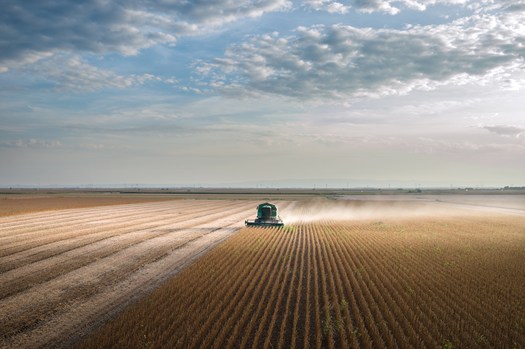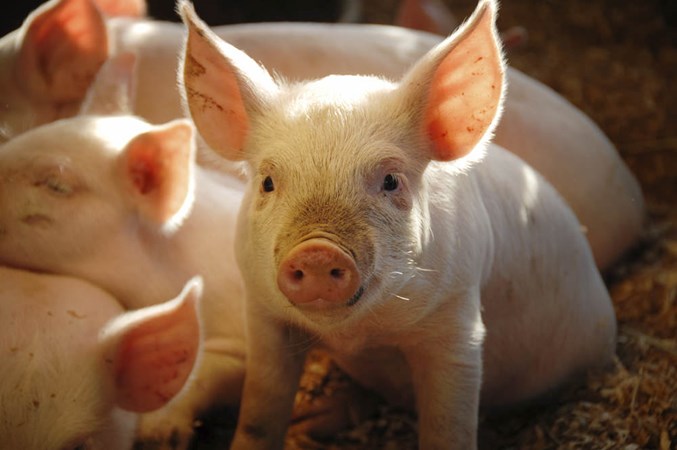2/9/2022
by Allie Molinaro
This week, the U.S. Department of Agriculture (USDA) announced the rollout of $1 billion in grants for climate-smart agricultural commodities. In its press release, the USDA promises that the new Partnerships for Climate-Smart Commodities will support “climate-smart production practices, activities, and systems” and will “serve small and historically underserved producers.”
The grants fulfill a pledge made as part of the Agriculture Innovation Mission (AIM) for Climate initiative. Launched in November 2021, AIM for Climate was the first intergovernmental initiative led by the United States specifically targeted at reducing agricultural greenhouse gas emissions. However, the objectives and scope outlined in AIM for Climate fail to address key concerns in agriculture sustainability, most notably industrialized animal agriculture.
Historically, the USDA has championed intensive farming that is cruel to livestock, destroys our planet, and ravages communities and small farmers. While the factory farming industry maximizes profits for those at the top in the short term, it is environmentally unsustainable, socially unjust, and jeopardizes the future safety of at-risk communities. The livestock sector is responsible for 14.5% of global greenhouse gas emissions—greater than the direct emissions from the entire transportation sector—and 75% of all agricultural emissions. The United States is the world’s largest beef, poultry, and dairy producer, the second-largest pork producer (behind China), and the world’s largest beef consumer. Scientists have concluded that even if fossil fuel emissions were halted immediately, it is impossible to meet the 1.5° C target outlined in the Paris Agreement with the current global food system.
According to the government’s own calculations, animal agriculture is also the nation’s leading source of methane emissions. Methane is a potent greenhouse gas that doesn’t last as long as carbon dioxide but is about 30 times more powerful over 100 years and 80 times more powerful over 20 years. Therefore, it is extremely important to reduce methane emissions in the near term. The Methane Emissions Reduction Action Plan estimates that 37% of domestic methane emissions come from livestock, pumping out more than the entire natural gas and petroleum industry. And yet, the plan does not include any mandatory actions to reduce agricultural methane production, despite going into great detail on regulatory actions to reduce emissions in the oil and gas sector.

The AIM for Climate initiative and the Methane Emissions Reduction Action Plan are just two recent examples of how the government continues to omit the most obvious solution to the problem of greenhouse gas emissions from livestock—reducing the number of livestock. Instead, the government continues to focus on researching extremely costly solutions that capture or repurpose emissions that frankly do not exist with current technology. The Action Plan will funnel $250 million into methane capture and biogas technology, which has been proven to be an ineffective and overtly expensive endeavor. So far, AIM for Climate has failed to invest in or even mention domestic animal agriculture reduction. The only mention of animal agriculture is for one $5 million investment for research into how to stop cows from producing methane while still producing the same amount of beef and dairy.
To avoid the worst impacts of methane emissions, the U.S. government must turn its attention to reducing reliance on animal-sourced food through resizing the livestock industry and supporting protein diversification. Investments in methane capture and alterations of cows’ natural digestive systems are a distraction and a costly way to prop up a factory farming system that is failing our climate and the excessive number of animals trapped within it.
While the USDA’s new narrative surrounding the Partnerships for Climate-Smart Commodities sounds promising, the federal government must be made to realize that the solution to the climate crisis is staring us all in the face. We hope the USDA will heed the warnings from scientists and award grants to projects that reduce the nation’s reliance on factory farms rather than those that attempt to mask its effects.

